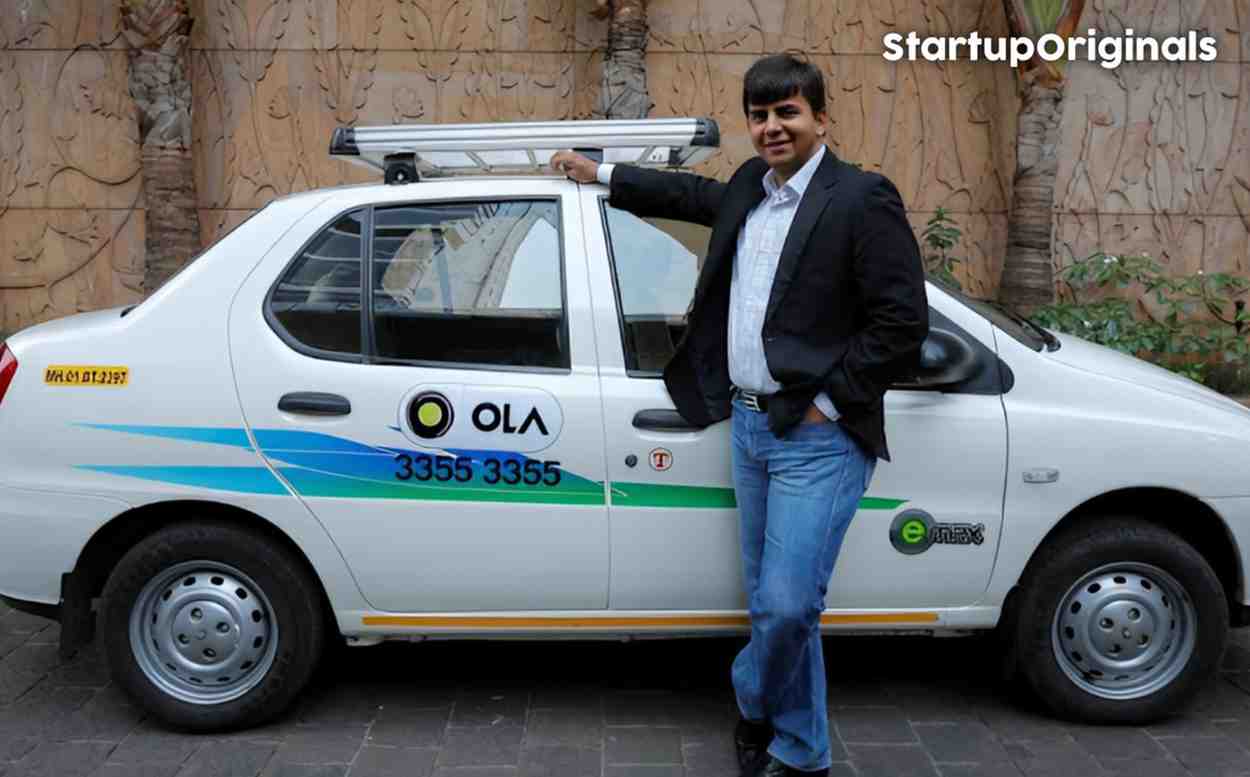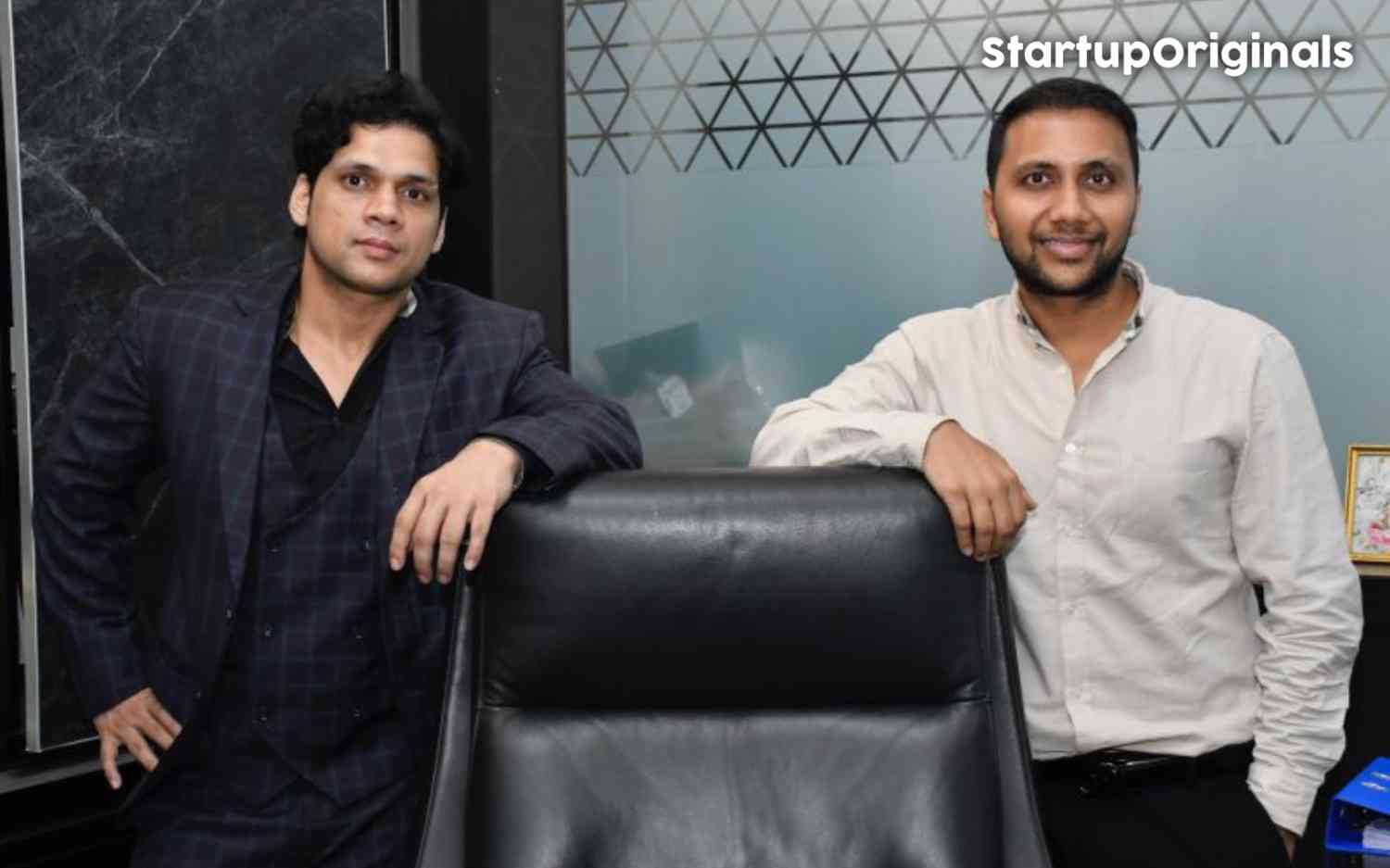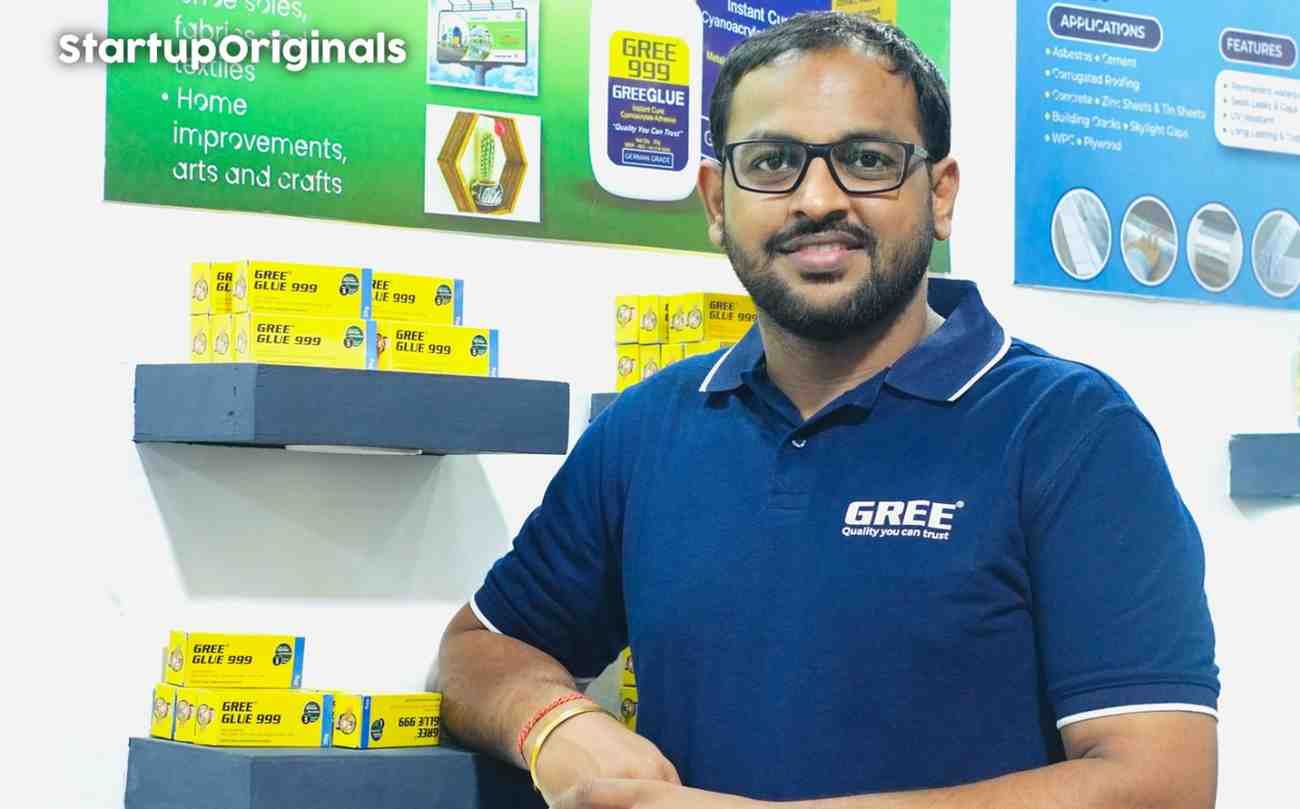
Ola, once known as Ola Cabs, is one of India’s most recognized names in urban mobility and technology innovation. Founded by two IIT Bombay graduates-Bhavish Aggarwal and Ankit Bhati-in 2010, Ola’s rise from a humble startup into a billion-dollar company is a story of vision, resilience, and adaptation. This account follows Ola’s journey from inspiration, through explosive growth and global expansion, to its current phase focused on the Indian market.
The Spark: A Personal Problem Becomes a Business Idea
The idea for Ola was born from Bhavish Aggarwal’s unpleasant personal experience with a cab driver while traveling from Bengaluru to Bandipur. Stranded in the middle of nowhere after being abandoned by the driver, Bhavish realized how unreliable and unorganized the Indian taxi system was. He saw first-hand the need for a platform that could bring transparency and reliability to commuting in India. This real-world problem became the seed for Ola.
Foundation and Early Days:
Bhavish joined forces with Ankit Bhati, a college friend and fellow IIT-Bombay alumnus. Together, they launched Ola Cabs in Mumbai in 2010, initially enabling users to book rides via phone calls. The duo faced the daunting task of digitizing a fragmented, largely offline transport sector dominated by local taxis and auto-rickshaws, with inconsistent fares and poor customer user experience. Their technical acumen and data-driven approach created one of the first platforms in India to connect riders and drivers digitally via a mobile app, which was introduced in 2012.
Rapid Expansion and Business Growth:
Ola quickly gained momentum, marked by key milestones:
- 2011: Raised early funding from Tiger Global, enabling expansion and scaling of its technology.
- 2012-2015: Rolled out in multiple Indian cities, leveraging smartphone adoption and solving key pain points for both customers and drivers.
- 2015: Acquired TaxiForSure for $200 million, integrated services, and grew to 100+ cities, dominating the Indian market.
- New Verticals: Introduced innovative options such as Ola Share (carpool), Ola Money (wallet), and moved into auto-rickshaw and bike transportation.
- Diversity of Services: Beyond cabs, Ola experimented with food delivery (acquiring Foodpanda India) and public transport ticketing (acquiring Ridlr), cementing its place as a multi-modal mobility platform.
International Foray and Technology Advancements
Between 2018 and 2020, Ola expanded internationally, launching operations in Australia, New Zealand, and the UK. The platform registered thousands of local drivers and even introduced auto-rickshaws in foreign markets. Ola’s tech-focused DNA continued to evolve, investing in in-house mapping tools and AI, and even building out a cloud platform called Krutrim as it matured as a consumer technology company.
Leadership: The Forces Behind Ola
- Bhavish Aggarwal: An inspired and relentless leader, he combined a passion for technology with a customer-first perspective. He is recognized widely for his impact on Indian entrepreneurship and was featured on Time magazine’s list of the 100 most influential people in 2018.
- Ankit Bhati: With a background in mechanical engineering and a knack for systems architecture, Ankit was instrumental in developing Ola’s robust technological infrastructure. He served as CTO until 2020 before moving on to other entrepreneurial ventures.
Challenges and Turning Points
The journey was not without hurdles. Ola tussled with fierce competition-especially from Uber and later from Rapido and other newcomers. The COVID-19 pandemic hit mobility businesses hard, leading to layoffs and significant losses. Yet Ola’s adaptability and customer-centric model have helped it weather tough market conditions, pivot to profitability, and sustain leadership in Indian ride-hailing.
Recent Developments: Consolidation and Refocus
- 2023-2024: Facing stiff competition and changing market dynamics, Ola exited international markets to refocus entirely on India. The company rebranded Ola Cabs as Ola Consumer, signaling a broader portfolio beyond mobility-including financial services, food delivery, cloud kitchens, and electric mobility.
- Valuation Shifts: Ola’s peak valuation was $7.3 billion in 2021; however, it has since dropped to around $1.25 billion amid increased competition and strategic pivots. Despite this, Ola remains EBITDA-profitable and a dominant force in India’s transportation landscape.
Impact and Legacy:
- Innovation: Ola transformed unorganized taxi services into a slick, app-driven experience with transparent pricing and reliable service.
- Employment: Empowered millions of driver-partners with technology, livelihood opportunities, and financial inclusion.
- Ecosystem Leadership: Ola’s journey inspired a new wave of tech entrepreneurship in India and once again established the country as fertile ground for innovative, scalable startups.




